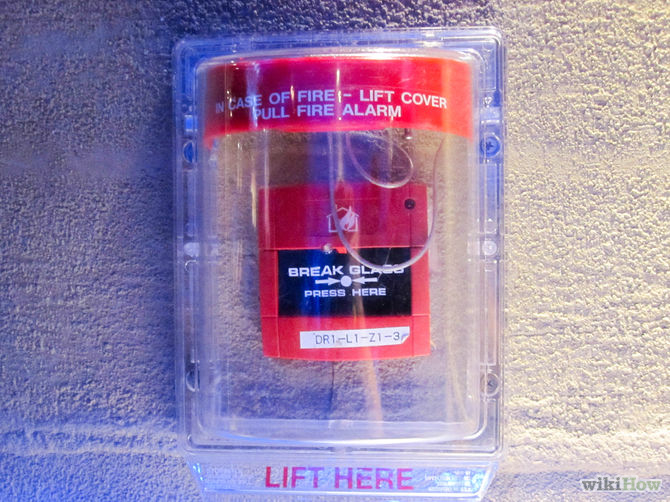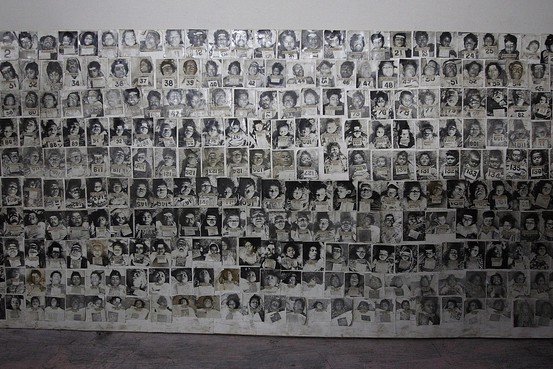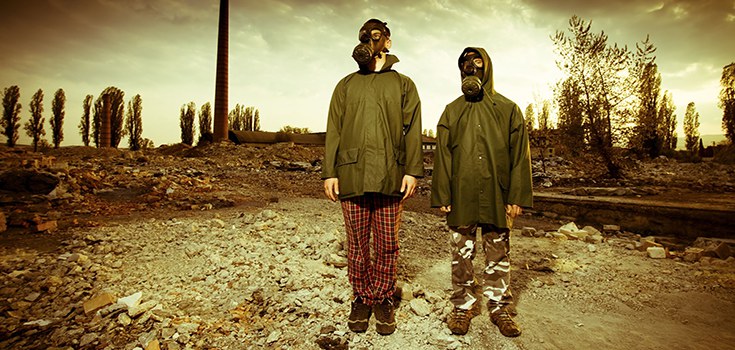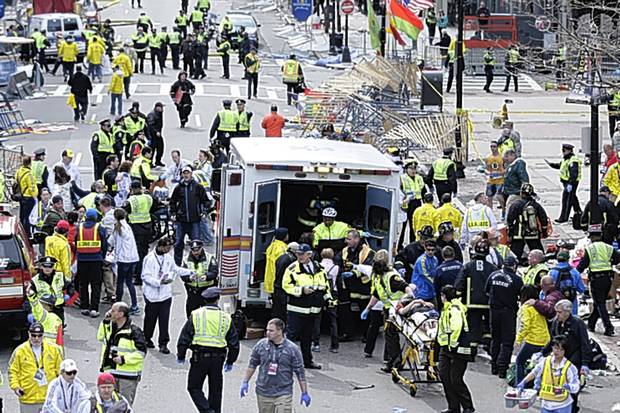Preparing for Disaster in Your Neighborhood
Back in the 1980’s, an American chemical company opened up a plant in India in order to expand their international market. The facility created a huge number of jobs and was going to lift thousands of people out of poverty. Then, one day, something went wrong and a toxic plume of gas was released from the plant, settled over the city and killed thousands of people. Nobody, except the people associated with the plant, saw it coming. It was a disaster that caught the entire town off-guard.
Focus on the Little Picture
We tend to focus on the big picture in our efforts to prepare for disaster and survive. We plan for living as self-sufficiently as possible after the economy or society collapses, the government takes over or the SHTF. We do this well. We know how to stockpile. We learn skills. We plan and we prepare.
However, we also tend to miss threats that can sneak up on us right here in our own communities. Imagine what you would do if a toxic air blanketed your neighborhood in the middle of the night. What would happen if the local water supply suddenly became tainted with a harmful chemical? What would you do if your entire neighborhood exploded due to a ruptured gas line?
Take Stock- Look Around
The more you know about potential threats, the better you will be at thinking of ways to minimize risk. Consider the emergency response capability in your area. How quickly will police and fire departments become overwhelmed? What would you do if your local hospital stopped taking new patients or ran out of supplies? Where are designated shelters located?
It’s surprising at how easy it is to overlook these simple, everyday things in terms of being prepared isn’t it?
However, this represents a pervasive gap in the planning and preparation that many of us undertake. The risks of a huge SHTF scenario are real, and they are growing, but the risk of encountering a life-threatening crisis is probably greater a little closer to home.
Fill in the Gaps
This is why it’s so important to have things like bug-out-bags, basic medical supplies and some introductory training in first aid techniques. This is why it’s so important to know how to react to a specific, localized emergency as opposed to knowing how to build a fire with an Do a risk assessment in your community. Look at potential threats that exist from industrial areas, railroads, fuel distribution centers or a crumbling infrastructure. Consider how you would react if an emergency occurred at a facility a few miles upwind of your location. Think of how you would escape the release of contaminants from a derailed train. Look at how a bridge may collapse onto an underpass and block a major entry or exit point in your community.
ice cube. All of us need to have a plan in place that fills the gap between the big, game-changing disaster and a problem that hits us from left field.
As much as we focus on the big picture, its equally important to turn our attention to risks closer to home as well. The more time that you can dedicate to addressing hazards that are closer to home will only help you to avoid being caught off-guard. Start to assess risk in your community, determine what you need and how you will respond during a local emergency.




